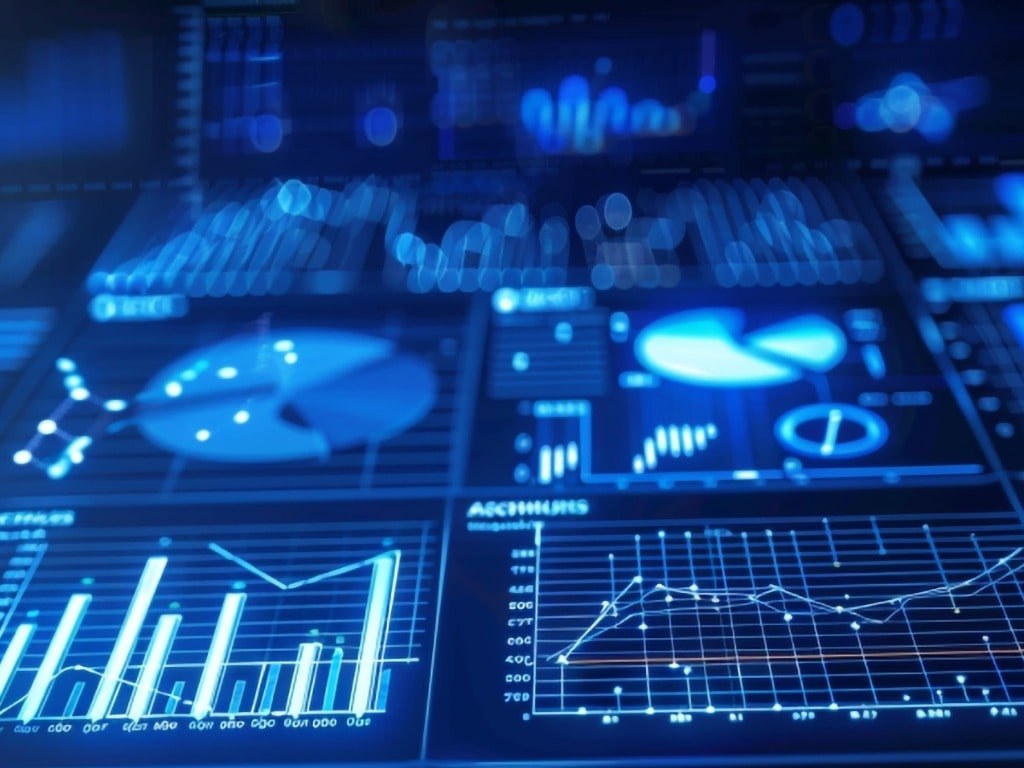

The Good, The Bad, and The Ugly of PR

Last week, Salt Lake City, Utah was one of the most talked about towns in the world of sports. The Utah Jazz of the NBA had just made it past the first round of the playoffs and were preparing to play their next opponent, the Golden State Warriors, in a best-of-seven series. But when asked about the matchup, several Warriors indicated that they had been rooting for the Jazz to get beat in the first round, preferring to play their opponent, the Los Angeles Clippers, instead. The reason had nothing to do with basketball. "There's no nightlife in Utah. Obviously, as players, you want to be able to have a little bit of a nightlife.” That was Warriors forward Matt Barnes’ take on Salt Lake City. Another Warrior, Andre Iguodala, wasn’t any kinder in his assessment, saying “...in Utah, it can kind of lull you to sleep…..You know you're in the playoffs and you're supposed to be pumped anyway, but the vibe is just like, 'Man, let's just get out of here.’”
Rather than simply take these insults lying down, Salt Lake quickly turned what could have been a public relations embarrassment into an opportunity. The tourism agency in the state capital turned around and launched a new website in response called "There's nothing to do in Salt Lake." The site features a video that showcases many of the popular restaurants, bars, breweries, and other entertainment spots in the city accompanied by the words “no fun” and “no drinking” flashing across the screen. It also became somewhat of a rallying cry for fans in the city, many of whom began sporting “#NightLife” shirts to the games. What began as unwanted criticism of the city had morphed into an all-out PR blitz and an opportunity to advertise some of the best things Salt Lake City has to offer.
While Salt Lake successfully turned what should have been a loss into a win (something their basketball team was unable to do), you shouldn’t wait for adversity to force you to be proactive about the way people view your brand. When done well, an effective publicity campaign can elevate your brand while gaining new fans and promoters. Just avoid shooting yourself in the foot as a failed campaign or publicity stunt can easily set your company back. So in honor of Salt Lake City’s well-played PR move, we’ve highlighted a couple of our favorite campaigns from recent years, a couple of the worst losses we’ve seen, and a couple that turned really ugly, really fast.
The Good
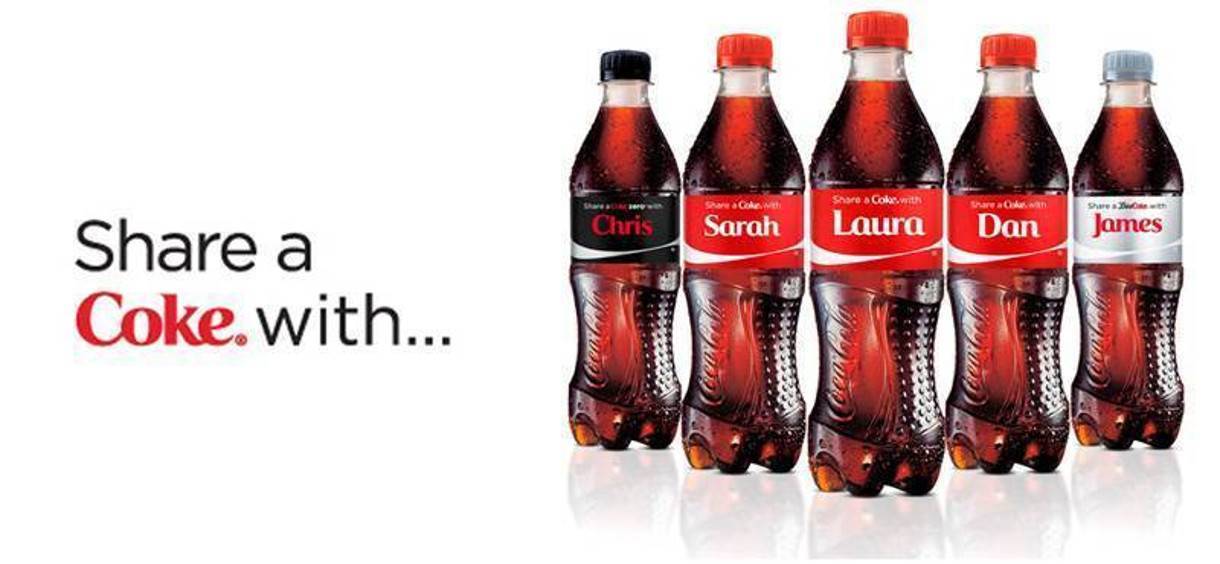
(Source: albertsons.com)
Share a Coke - Coca-Cola
One of the most popular campaigns in recent memory, Coke made a splash by rolling out bottles with names printed on them instead of their traditional labels. By selecting 250 of the most popular names among American Millennials and accompanying the campaign with a massive viral push, the move became an immediate success. The number of shared photos featuring people holding bottles with their name on it delivered the personalized experience Coke was looking for and easily solidified the campaign as one of the most effective ever.
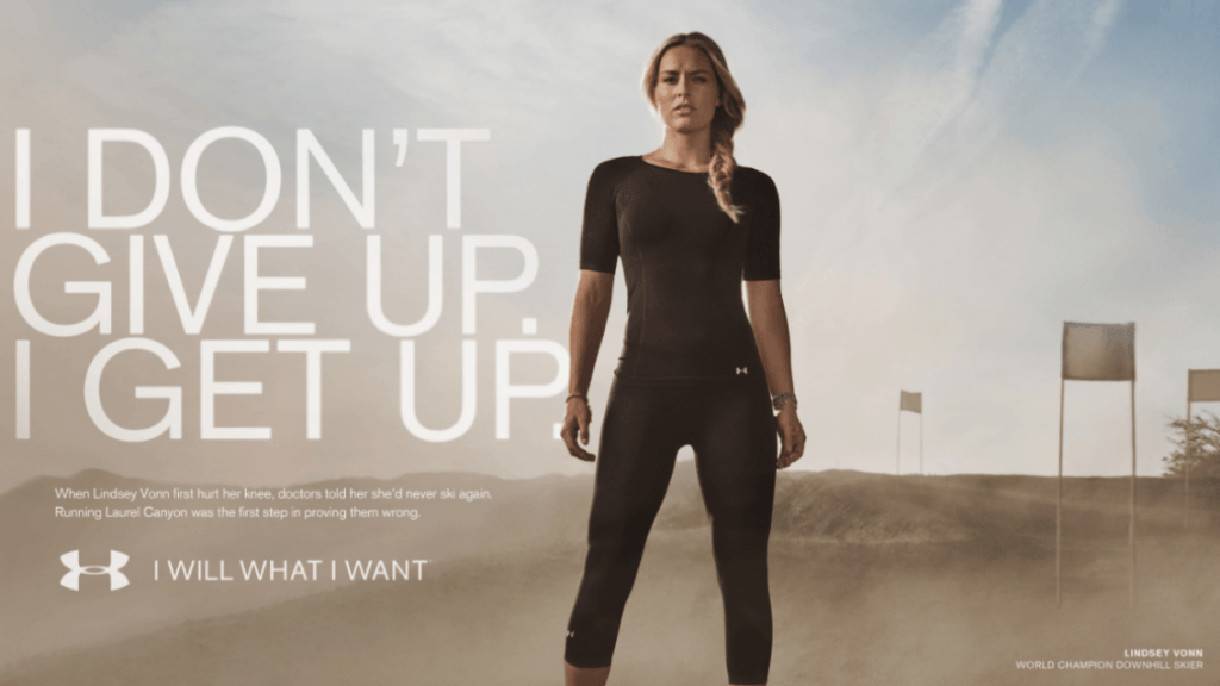
(Source: droga5.com)
I Will What I Want - Under Armour
This was another campaign that was incredibly well-received and earned Under Armour a great deal of goodwill among consumers. “I Will What I Want” focused on a message of female strength and determination by featuring stories of successful women like Misty Copeland and Giselle Bunchen. The message connected with women everywhere and the hashtag #IWILLWHATIWANT became exceptionally popular across social media platforms.
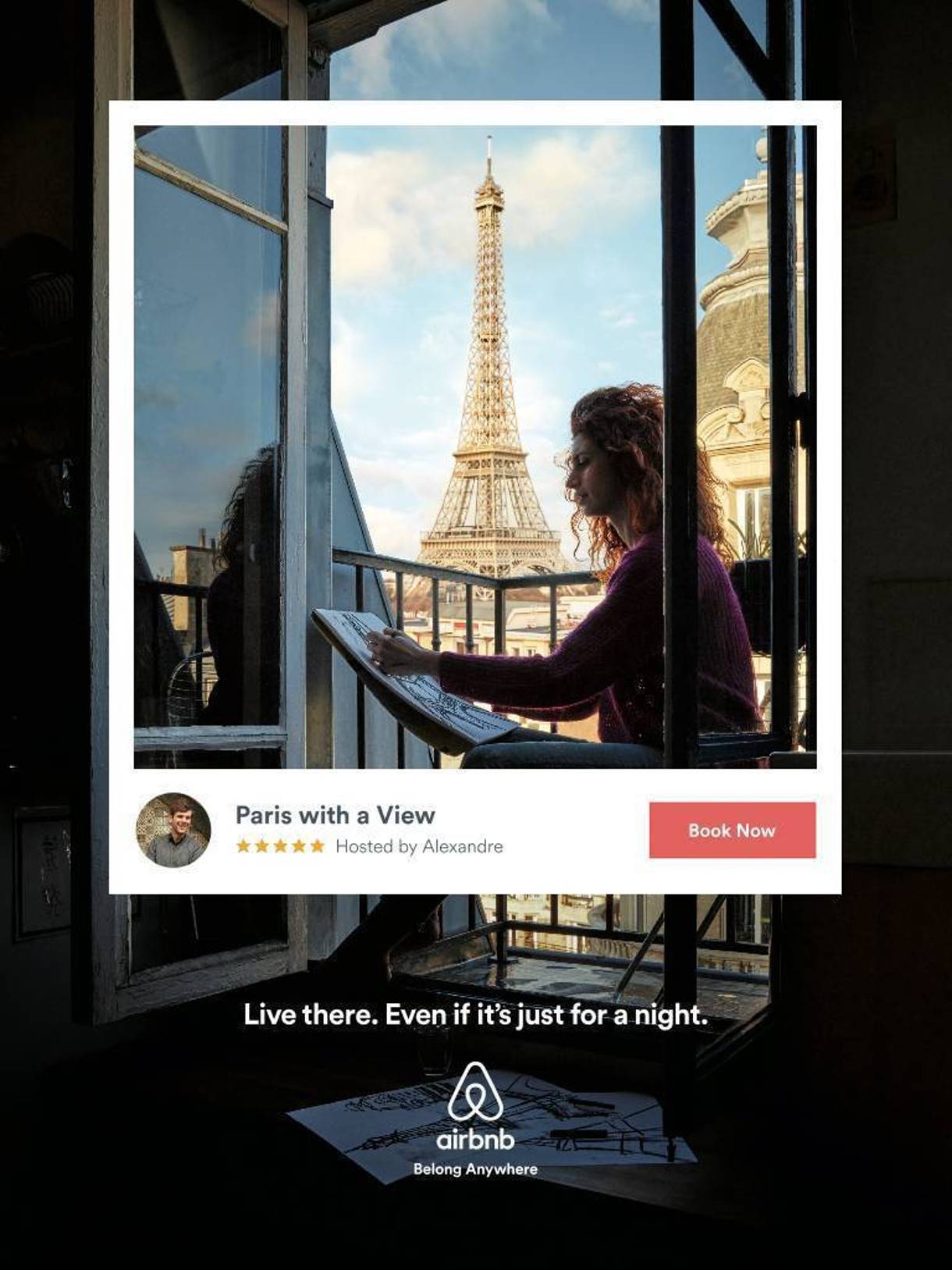
(Source: adweek.com)
Live There - Airbnb
Airbnb has found a great deal of success offering travelers an alternative to simply staying in a hotel. Often times, the motivation behind choosing to stay at an Airbnb is an effort to immerse oneself in the local community and truly experience what it’s like to live where you’re staying. Airbnb accurately captured this sentiment with their “Live There” campaign and highlights the opportunity to “live like a local” through the services they offer.
The Bad
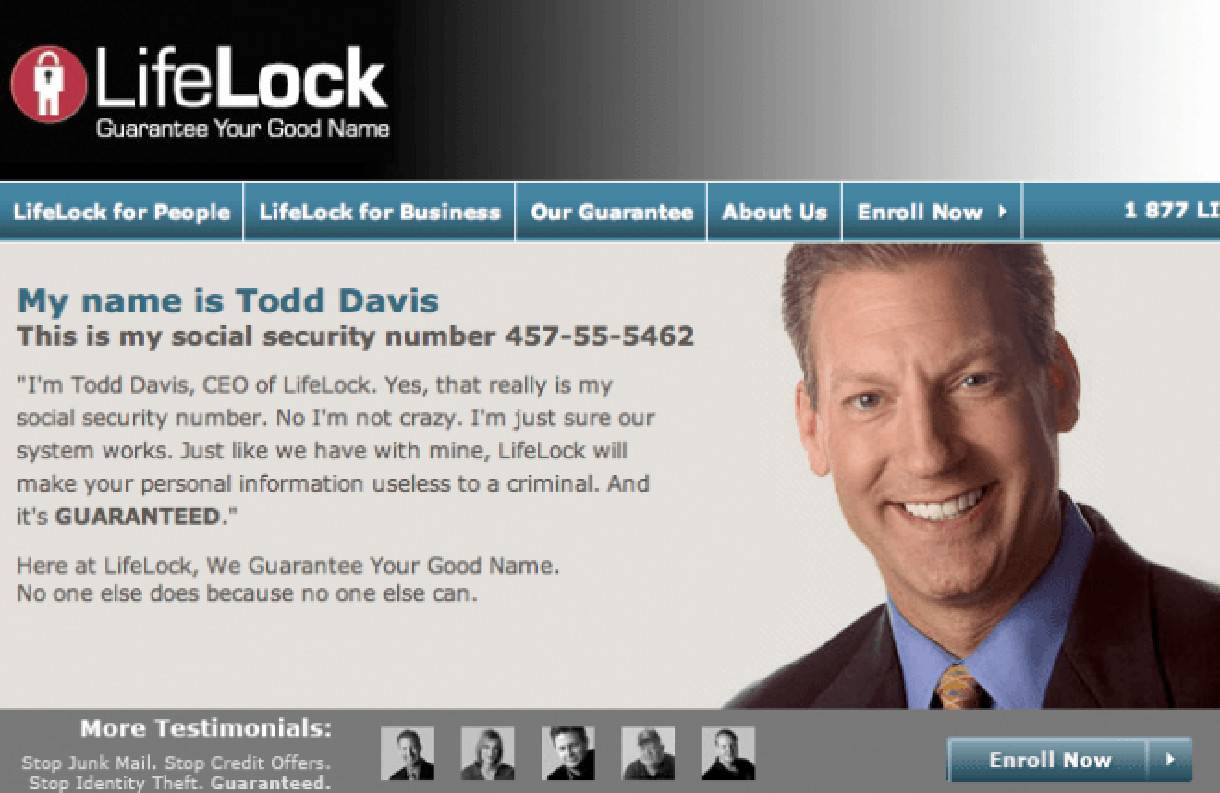
(Source: wired.com)
Using the CEO’s Social Security Number - LifeLock
We’ll give him this: former LifeLock CEO Todd Davis had a lot of faith in his product. In an effort to prove that their services could easily protect his identity, Davis posted his social security number on online ads, billboards, and commercials. Unfortunately the move backfired and it came out that his identity was actually stolen more than a dozen times. Not exactly what he had had in mind. The company also ended up being fined $12 million dollars by the FTC for deceptive advertising.

(Source: imore.com)
Creating a Fake Fan Blog - Sony
Sony would certainly love to have this one back. To promote one of their gaming devices, the PSP, they created a fake blog that was used to gush about how great the product was, all under a pseudonym. Gamers eventually discovered that the site was actually registered to a viral marketing agency and the whole deception came to light. Instead of generating excitement for the PSP, Sony was ripped apart by online users on message boards and the whole affair was solidified as a massive error in judgement.
The Ugly
Sending Goldfish to Executives - South Australian Government
Back in 2011, the South Australian government decided to send 55 goldfish to media executives as a promotional gimmick. Each fish arrived with a message that read “Be the big fish in a small pond and come and test the water." Unfortunately for the South Australian government, most of these fish also arrived dead. The move completely backfired and even spawned additional jokes about the water quality in the region.
Tay the Artificial Intelligence - Microsoft
Given the amount of research being done in the field of artificial intelligence, it makes sense that Microsoft would be so eager to promote the introduction of Tay, an A.I.-powered Twitter robot. She was created to learn from the conversations being had on Twitter and quickly develop the ability to speak like a Millennial. Instead, Tay quickly devolved into the worst kind of Twitter user, spouting racial slurs and making incredibly offensive declarations. The experiment was extremely embarrassing for Microsoft and Tay was terminated only a day after she had been introduced to the world.
Keep these examples in mind whenever you consider rolling out a publicity campaign. When done well, your business can stand to make great strides regarding both brand awareness and brand equity. When done poorly, your business stands to take quite a hit. Just try not to lose your social security number in the process!


